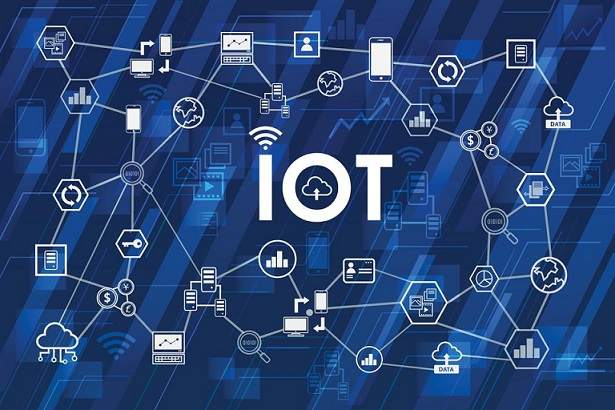With the internet penetration, customers are buying items more products and services online than before. This leads to a huge workload on the shipping industry with a faster turnaround time. The shipping industry is undergoing a huge technology revolution.
The rate at which technology is changing the world is mind-baffling. Technology affects every part of life, including the way things are shipped. Because the buying habits have changed, companies need to take advantage of all of the benefits that new shipping technology has to offer. Keep reading to learn more about new shipping technology.
Page Contents
Automated Vehicles
Because customers want ship-on-demand services, automation is already being used in the form of automated cranes that transfer shipping containers from ship to stores. But this automated technology is just beginning.
Apple and Google are both developing automated vehicles such as ships and trucks for transporting items. Automated ships could be more environmentally friendly and cut costs by having a smaller crew. Trucks that are unmanned can drive without stopping and can be driven at a slower pace, thus maximizing fuel efficiency.
The Internet of Things
The Internet of things is a connection via the internet of devices put into everyday objects, allowing them to send and receive data. For a long time, ships have had sensors to collect data, but now this data can be processed and sent in real-time, making the shipping process even simpler. The actual-time data makes things faster for optimizing routes, tracking goods, and monitoring equipment.
GPS has been the normal means of navigation for delivery drivers.
However, GPS has slow information processing and does not always have up-to-date information. This means a great deal of lost time every year. Better sensors and real-time data collection help eliminate route confusion. Drivers can make deliveries more efficiently and cut driving costs. Even Uber has recently begun using smart technology and sharing the delivery of goods services.
Using Blockchain
Blockchain is a potentially game-changing technology and you can see its implementation in many sectors in the real world. Some of the well-known areas include cryptocurrency, payment processing, copyright protection, NFT marketplace, etc.
Blockchain has been used by financial institutions for recording data. Now it is being used by the shipping industry to replace log books, spreadsheets, and databases. Blockchain is a cloud-based application that works by tracking all of the shipping containers that are transported and encourages companies to share information with other shipping partners.
This will reduce the delivery times by simplifying the process of recording the travel logs, data spreadsheets, and inventory. All of the information can be in one system and is not able to be altered by a single party. This can help prevent delays at ports and it reduces the possibility of human error or fraud. Thus, the cost of the goods is less.
Delivery Via Drones
Robotic technology is beginning to help out the final leg of the shipping process, delivery. Amazon recently made the first successful drone delivery, and they have inspired further use of drones. Drones cut the cost of labor by reducing the number of delivery trucks on the road.
Several shipping partners use drones for last-mile delivery. They can also access rural areas or difficult to get to geographical locations, which can raise the cost of shipping. Drones can fly over congested city streets and take the fastest routes over buildings and other obstacles. Several technology giants Amazon and Google, already using drone delivery.
Conclusion
Technology is advancing every part of our lives, from shopping to shipping. Technologies like AI, machine learning, the internet of things, blockchain, robotics, drones, and augmented reality are collectively creating a safer and faster shipping environment. Keep an eye on the future of shipping technology as it skyrockets with new uses and capabilities.




